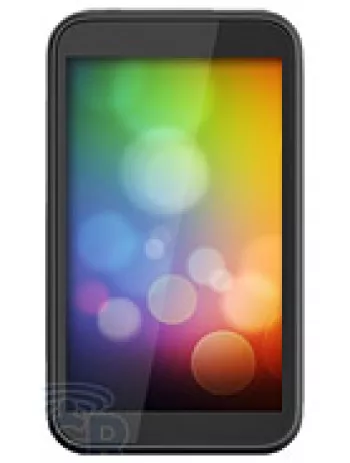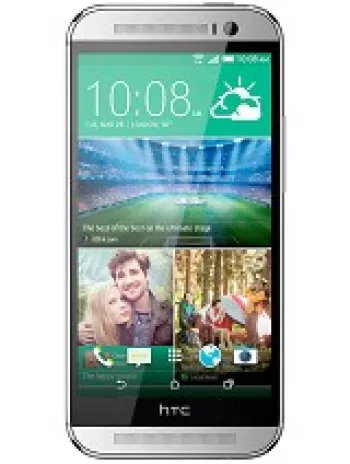
Introduction to HTC DROID ERIS
The HTC DROID ERIS, released in November 2009, was a notable entry in the burgeoning smartphone market of the late 2000s. With a focus on providing a versatile Android experience combined with HTC’s Sense UI, this device offered users a range of features that catered to both utility and entertainment. Although it has since been discontinued, the HTC DROID ERIS is remembered for its contribution to the advancement of mobile technology during its era.
Design and Build
The DROID ERIS was designed with a compact and sleek form factor, measuring 113 x 56 x 13 mm and weighing 120 grams. This made it a portable and easily pocketable device, perfect for users who preferred a more minimalist and lightweight phone. The device came equipped with a mini-SIM slot and featured a removable Li-Ion 1300 mAh battery, allowing users to swap out the battery as needed — a feature that has become increasingly rare in modern smartphones.
Display
The handset boasted a 3.2-inch TFT display with 256K colors and a modest resolution of 320 x 480 pixels. Although the screen-to-body ratio was approximately 48.2%, the display was protected by Corning Gorilla Glass, giving it extra durability against scratches and falls. With a pixel density of around 180 ppi, the screen quality was adequate for everyday tasks such as browsing and messaging.
Performance and Hardware
Underneath its sleek exterior, the HTC DROID ERIS was powered by the Qualcomm MSM7600 chipset, featuring a 528 MHz ARM 11 CPU. Combined with 288MB of RAM and 512MB of internal storage, it provided a basic yet effective platform for multitasking and running various applications. The device also supported a microSDHC card slot, allowing for expandable storage with an 8GB card included.
The Sense UI layered on top of Android 2.1 (Eclair) was designed to enhance user interaction by offering intuitive customization options and widgets. This combination allowed users to optimize their devices according to personal preferences and needs.
Camera and Imaging
HTC equipped the DROID ERIS with a single 5 MP camera featuring auto-focus capabilities. While it lacked advanced features found in later models, it was sufficient for capturing everyday moments and offered video recording capabilities. However, unlike many modern smartphones, the DROID ERIS did not include a front-facing selfie camera, making video calls and selfies less convenient.
Connectivity and Communication
In terms of network capabilities, the DROID ERIS supported CDMA and EV-DO technologies, offering 2G and 3G bands with a top speed of EV-DO Rev.A 3.1 Mbps. The device was equipped with Wi-Fi 802.11 b/g and Bluetooth 2.0 with A2DP, providing wireless connectivity options. However, it did not feature a radio, which may have been a drawback for some users. It also included a microUSB 2.0 port for wired connections.
Additional communication tools included GPS with A-GPS for location services, enhancing navigation and location-based services which were growing in popularity at the time.
Audio and Multimedia
The device featured a 3.5mm audio jack, which allowed users to connect their favorite headphones for listening without needing an adapter — a convenience that was greatly appreciated. It also sported a loudspeaker for hands-free use and media playback.
Battery Life
The HTC DROID ERIS's 1300 mAh battery provided a standby time of up to 373 hours and a talk time of up to 3 hours and 30 minutes. While this battery performance is modest by today's standards, it was typical for smartphones at the time.
Software and Features
Running on Android 2.1 Eclair, the HTC DROID ERIS offered a range of updated software features compared to its predecessors. HTC's Sense UI provided additional enhancements, making navigation smoother and more visually appealing. The interface introduced features like personalized home screens, streamlined navigation, and better integration with Google services.
Sensors and Additional Features
On the features front, the device came with sensors like an accelerometer and proximity sensor, which were used for automatic screen rotation and turning the display off during calls, respectively. The device's browser supported HTML, enabling a decent web browsing experience consistent with the technology of the time.
Conclusion
While the HTC DROID ERIS may not hold up against modern smartphones, it was a compelling option during its release. It provided a good balance of features for both novice and experienced users wanting to experience the budding Android platform with HTC’s unique enhancements. Its focus on functionality with features such as expandable storage, reliable connectivity options, and a user-friendly interface helped solidify HTC's role as a key player in the mobile market during the late 2000s.
Key Features of HTC DROID ERIS
- Network technology: CDMA / EVDO with EV-DO Rev.A 3.1 Mbps speed
- Compact dimensions: 113 x 56 x 13 mm and light weight of 120 g
- Display: 3.2 inches TFT screen with Corning Gorilla Glass protection
- Operating System: Android 2.1 (Eclair) with Sense UI
- Camera: 5 MP main camera with autofocus capability
- Memory: Expandable storage via microSDHC with 8 GB card included
- Connectivity: Wi-Fi 802.11 b/g, Bluetooth 2.0, GPS with A-GPS, and microUSB 2.0
- Battery: Removable Li-Ion 1300 mAh battery providing up to 373 hours standby
- Additional Features: 3.5mm headphone jack, loudspeaker, and essential sensors like accelerometer and proximity
HTC DROID ERIS Main Drawbacks
- Discontinued status, which limits official support and updates.
- Low processing power with a 528 MHz ARM 11 CPU, which may result in sluggish performance.
- Limited RAM at 288MB, which restricts multitasking capabilities.
- Lacks a front-facing camera for selfies and video calls.
- No FM radio feature.
- Relatively low-resolution display (320 x 480 pixels) compared to modern standards.
- Older version of Android (2.1 Eclair) with Sense UI which may not support newer applications.
- Short talk time with a battery capacity of 1300 mAh, only up to 3 hours and 30 minutes.
- No support for 4G or 5G connectivity, limited to 3G network.
- Heavier and thicker compared to modern smartphones, weighing 120 g and 13 mm thick.

View Also
More Phones
All Rights Reserved +14266 Phones © Mobilawy 2025

























